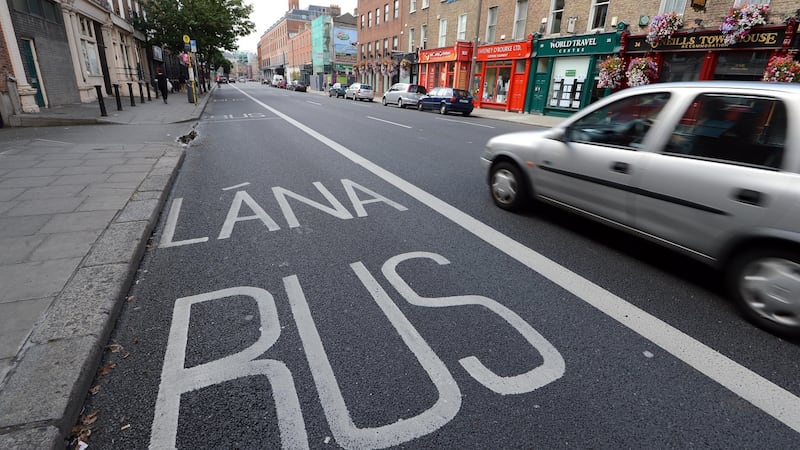The US-based consultant behind the redesign of the Dublin Bus network has said he did not expect the plan to be attacked in "the very aggressive way" since its publication in July.
Jarrett Walker, whose firm redrew the network on behalf of the National Transport Authority (NTA), said there had been some "hysteria" over the plan as people had been misled and it took "a little while" to get enough information into the public domain to counter that criticism.
"There are many things I wish we had done differently about communications and about the information that should have been made available right at the moment the plan was released," Mr Walker told The Irish Times. "We did not expect the plan to be attacked in the very aggressive way that it was..."
With public consultation on the plan set to close on Friday, Mr Walker said he did not think the main proposals – which include high frequency spine routes and orbital routes that avoid central areas – would be revised in the final network plan, which is due to be published in January 2019.
Current bus numbers would be replaced by a new lettering system from A to G, indicating seven main routes
However, he said he had heard many concerns from those living in the Fingal constituency and that the finalised plan will “probably look much more like the existing network in north Fingal”.
He said the public has been misled from “many quarters” that the BusConnects plan published in July was final.

“I think with some of the hysteria that’s been around, many people have been misled about that, they’ve been given the impression that the plan’s about to happen and that they have to rise up and revolt in order to stop it. That’s not where we are,” he said.
“We’re at a stage where it’s a draft, we think it’s mostly right, we know there’s a lot of stuff that’s not right and the whole point of asking the public for their view was to identify what’s not right and what needs to be changed.”
Local area brochures
Under the plans, current bus numbers would be replaced by a new lettering system from A to G, indicating seven main routes through the city with buses running every four to eight minutes on these “core corridors”.
Radial bus routes would be supplanted by frequent orbital services, on which passengers would be able to switch from one bus to another at no extra charge.
The plan acknowledges that some bus users who currently have a direct route into the city centre from where they live would have to change buses to reach their destination. The NTA said the proposed network would provide a 27 per cent increase in bus services.
Grainne Mackin, head of communications for BusConnects, acknowledged it "would have been better" for local area brochures to be provided once the plans were published.
She said that “once the big plan went out, there was another week or two before the actual very localised information” was tailored to provide “very specific local area brochures”.
“To have them from day one would have been the ideal scenario,” she said.
With the public consultation deadline nearing, the NTA said about 18,000 submissions had been received.
Ms Mackin said the NTA expected there would be “huge interest” from the public regarding the plans.
“You’ve 130 million passenger journeys per annum, if you didn’t have a level of interest or people questioning or looking for information, it would be rather unusual,” she added.











